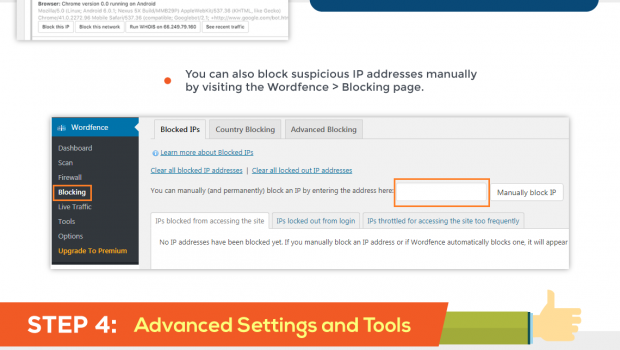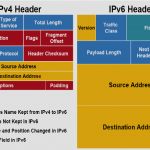The What, Why and How of WordPress Firewalls [Infographic]
Firewalls are one of the most critical security tools that every WordPress website owner should use. However, many companies and individuals undermine the importance of WordPress firewalls, thus leaving their website vulnerable to security attacks and compromises. In fact, the latest statistics from WP White Security indicates that more than 70% of WordPress installations are vulnerable to the biggest attacks on WordPress websites.
As the most popular CMS in the market, it is easy to see why hackers have made WordPress as their preferred target these days. Furthermore, many individuals and companies who are new to WordPress are yet to learn the importance of updating their WordPress installations, plugins, and themes, making them an ideal target for hackers. By installing WordPress firewall, a website will be less exposed to common external threats such as malware, exploitation of outdated software, brute force, and denial of service attacks.
Regardless of the size and type of website one runs, it’s extremely important to make security the highest priority not only to protect the reputation of its owner but also to ensure the safety of its users and visitors. On one hand, companies who are using their website for commercial purposes need to implement WordPress firewall to prevent unwanted traffic to disrupt their website and to ensure smooth user experience to their customers.
On the other hand, personal websites running on WordPress, or those maintained for non-commercial purposes must also deploy WordPress firewall to keep their website secure from hackers who are looking to steal their data or even used the site to send spam emails to their visitors.
Bottom line is that a solid website security includes the use of a firewall. Before any code on your website goes live, make sure that you already have a firewall in place to make sure that bad requests are filtered out and cannot go to your website.
Check out the infographic below from Newt Labs to learn how to install firewall on your WordPress website.
















